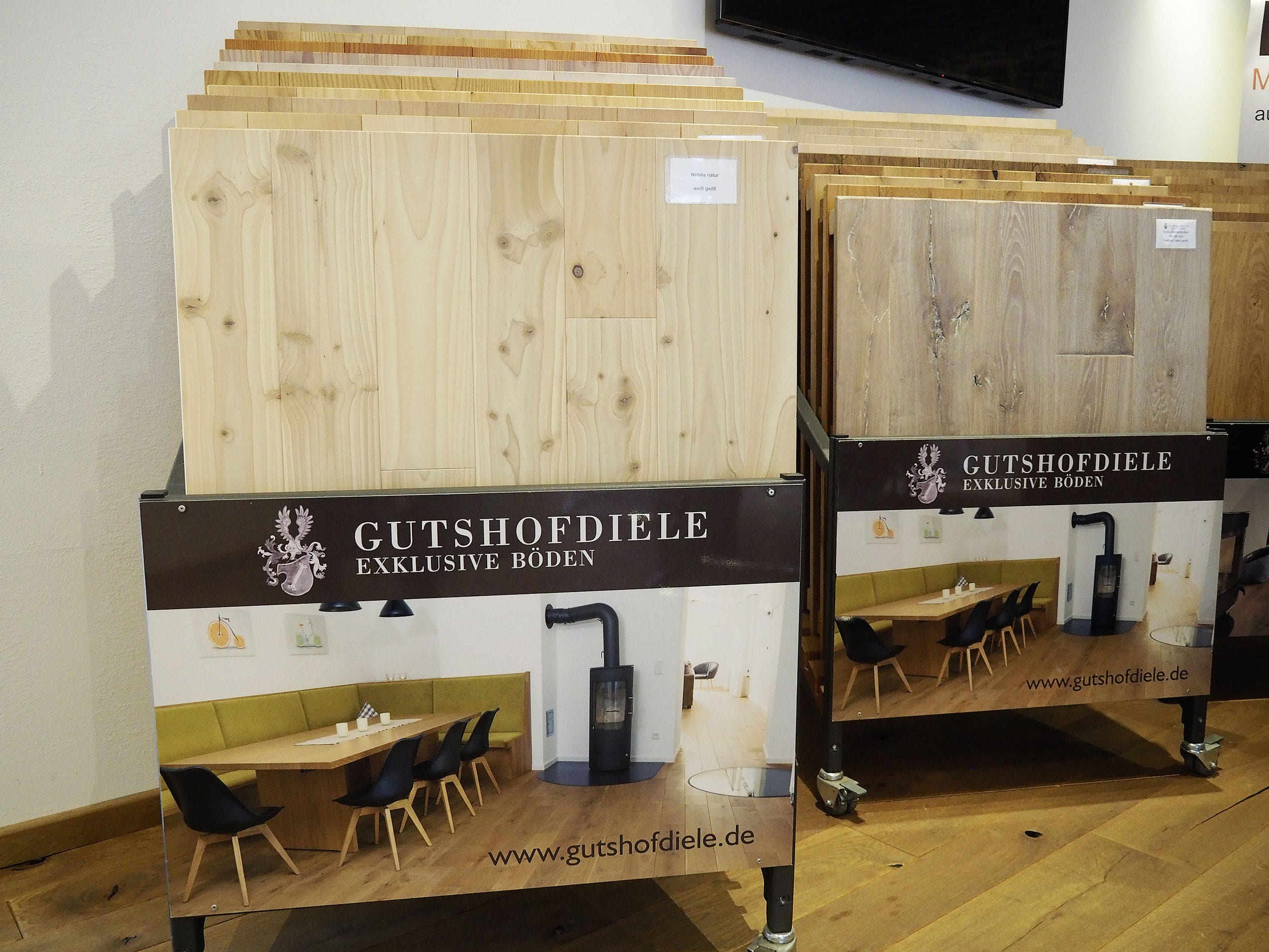Exploiting as many resources as possible
Hubertus Hegener-Hachmann heads the company in what is now the fourth generation. He receives significant support in this role from Markus von Weichs who, as his business partner, is primarily responsible for purchasing logs. Having started as a forestry business with an originally small sawmill as a sideline, Hegener-Hachmann had a used head saw and a circular saw when he invested in the first expansion in 2007. “We decided in favour of a completely new construction to ensure the sustainability of our business and, insofar as possible, to be able to cut a broad variety of log types, including in part from our own forestry. Among other things, this enabled us to continue production independently at the location during the production phase. Our goal is to ensure careful and effective use of the resources used during the entire production process”, says Hegener-Hachmann. “We want to process everything at a single location. As a medium-sized enterprise, we can only continue to exist on a broad basis”. What he means by this is not only classic sawn timber such as the raw material for solid structural timber, construction timber or landscaping timber. Hegener-Hachmann is well known in the region for his solid wooden flooring consisting of hard and softwood that goes by the name of “Gutshofdiele”. Larch, Douglas fir and Norway spruce are also processed.
As the entire endeavour is regarded as somewhat of a supra-regional flagship project in terms of flexibility, efficiency and conservation of resources, it received ERDF funding from the Ministry for Environment, Agriculture, Conservation and Consumer Protection of the State of North Rhine-Westphalia as part of the “Ressource NRW” call for projects. This covered 50 % of the components eligible for funding.
What has been created is a modern sawmill with a planned annual cutting capacity of at least 40,000 m³ for soft and hardwood. This has proven highly complex in terms of the processes involved. When it came to the cutting technology, Hegener-Hachmann chose an inclined log bandsaw with a chipper-canter for logs up to 10.5 m in length and with a diameter of 1.3 m. Around 70 % of the timber comes online from the log yard for cutting without presorting. Hegener-Hachmann placed his trust in the know-how of Kallfass (in Baiersbronn, Germany) when it came to mechanisation and the sorting and stacking system. “Aside from the economic viability of the investment, what was decisive for us was the supplier we placed our faith in to accompany us on this journey. The Kallfass solution also impressed us very much, and the company gave us a commitment to realise the project within the estimated time” reasoned Hegener-Hachmann. “Online cutting and the wide variation in product dimensions posed major challenges for us”, remembers Kallfass Managing Director Hans Haist. Kallfass also provided the control unit for the sorting system. “The demanding timbers and varied dimensions meant our programmers were faced with a difficult task“, explains Haist.
A lot of things are possible
The log is in all cases precut on the bandsaw and, following trimming, conveyed on to the Combimes BNK and/or head saw in the Kallfass sorting and stacking plant. However, two other options are also available: “Products with a length exceeding 6 m and a thickness of more than 105 mm, blocks or individual high-quality pieces can be conveyed into special discharge 1 on the head saw or special discharge 2 behind the BNK. These can then be lowered with care to the lower level using a hoisting unit”, explains Hegener-Hachmann.
50 boxes and multiple occupancy
Timbers with a thickness of up to 105 mm, a width of 300 mm and a length of 6 m are fed into the Kallfass sorting system at Hegener-Hachmann. 50 inclined boxes are available here. With inclined boxes, the timber slides down more gently onto the chain conveyor during emptying. This is primarily an advantage where hardwood is involved. “Due to the enormous diversity of our products and the numerous wood types involved, the computer frequently assigns three different types to a single box if necessary”, says Hegener-Hachmann. In this case, the box is emptied when the filling level is reached and the dimensions which are not required are fed once again over a return run and sorted anew.
The timbers to be stacked are separated and assessed again by a worker with regard to quality in the transverse run-through. Inappropriate workpieces can be ejected or shortened here again. The boards are then fed through the Kallfass CNC multiple circular cross-cut saw. This cuts the timbers with zero and four variable saws, depending on requirements. “Cutting is perfect and realised with millimetre accuracy”, confirms the operator. This is followed by layer formation and packet assembly. Haist estimates the output to be up to ten layers or 60 boards a minute during cycling in. The packing system is equipped with eight magazines with automatic stick placement.
Finished packages are lowered using a hoisting unit. Space conditions mean that they are deposited on a roller conveyor located on one side. This pivots the package (which is on rails) through 90°. The package is then strapped and prepared for shipping. Half packages or packages that need to be unpacked without sticks after drying can be picked again using the connected tilt stacker during a renewed passage through the stacking plant.
Both the Hegener-Hachmann sawmill and Kallfass confirm their satisfaction with implementation and commissioning. The focus now is on ensuring together the continuous improvement of in-house processes and the data flow.








